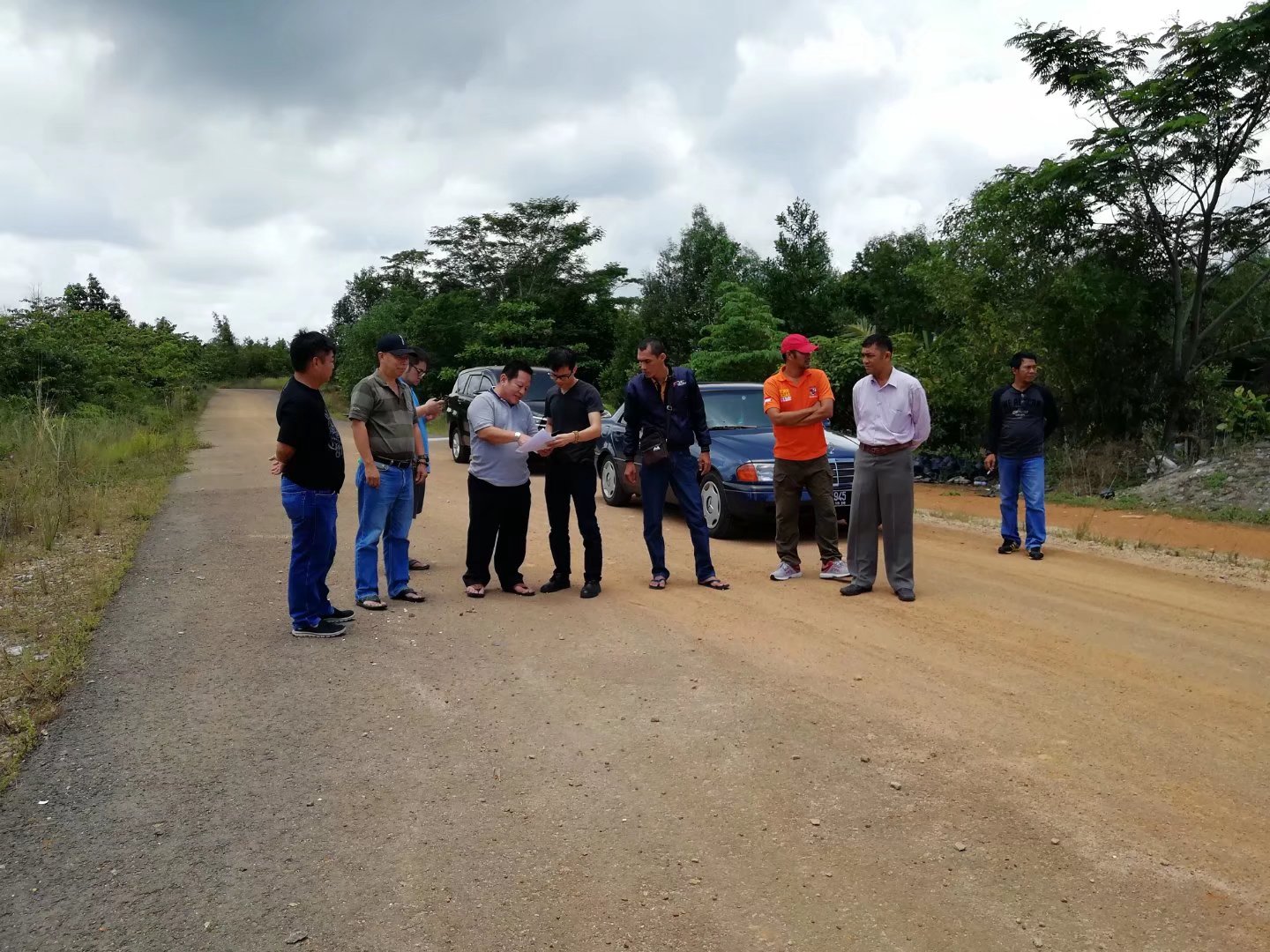On-site investigation refers to a method of investigation conducted on the spot. Its main purpose is to obtain the actual situation on site and provide basic data and a basis for subsequent design and construction work. So, what exactly is the content of the on-site investigation?
The content of the on-site survey includes observing and recording the topography, geomorphology, hydrology, meteorology, and other natural environments of the survey area. It is also necessary to survey the artificial environment such as buildings, facilities, roads, bridges, and so on in the survey area. At the same time, underground pipelines, cables, etc. also need to be detected and measured. In addition, site surveys also require an assessment of environmental factors, such as noise, vibration, pollution, etc.
In addition, on-site surveys also need to understand and record the economic, historical, cultural, social, and other factors of the survey area. For example, historical and cultural relics, residents’ living environment, etc. These factors have an important impact on subsequent planning, design, construction, and other aspects.

The content of on-site investigation is very extensive and requires careful observation and recording according to the specific situation. Only by fully understanding the actual situation on site can we provide accurate data and basis for subsequent work. Ensure the smooth implementation of the project.